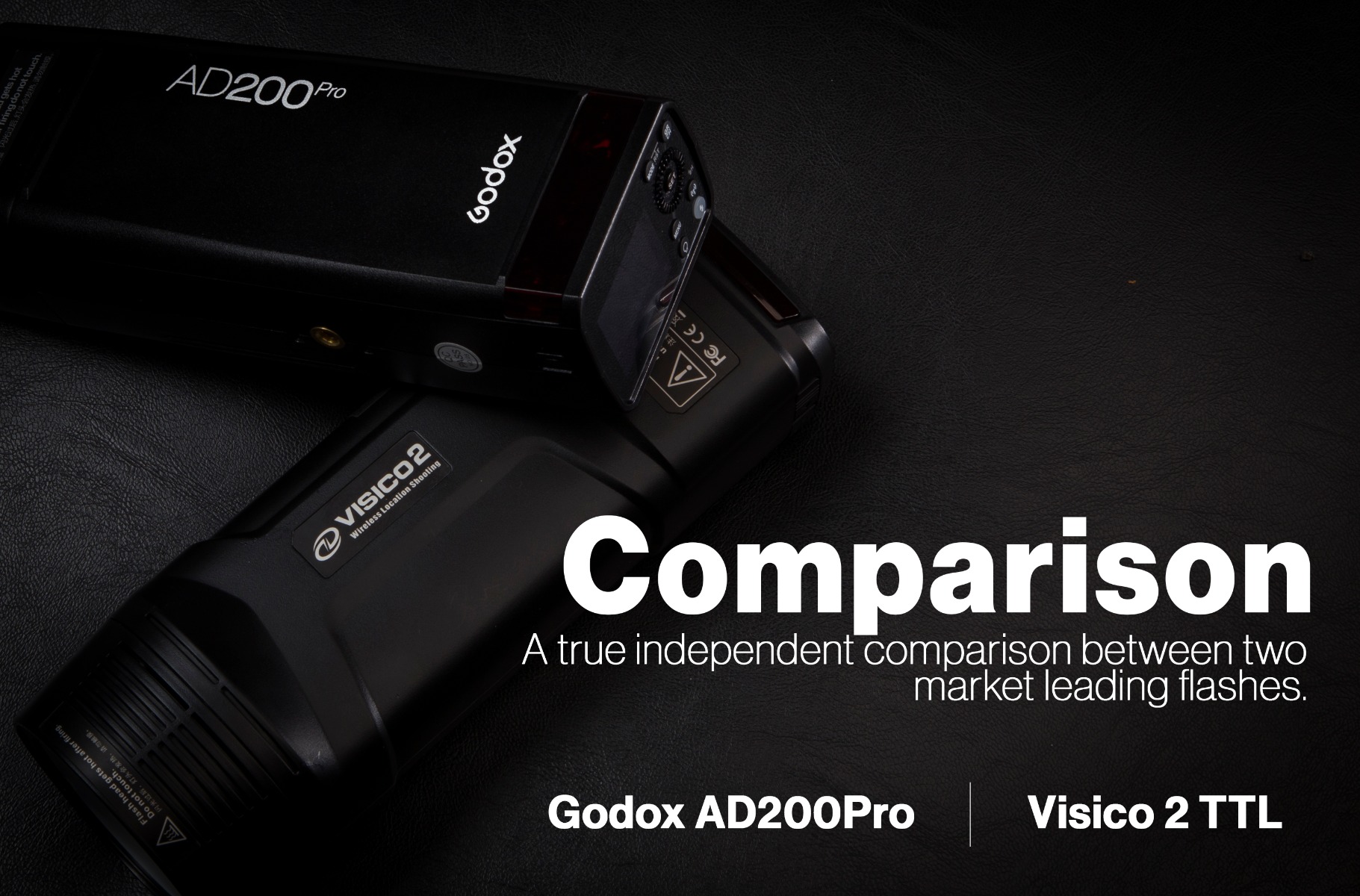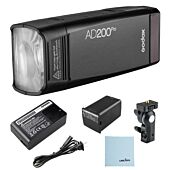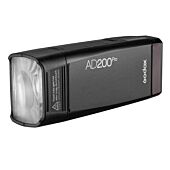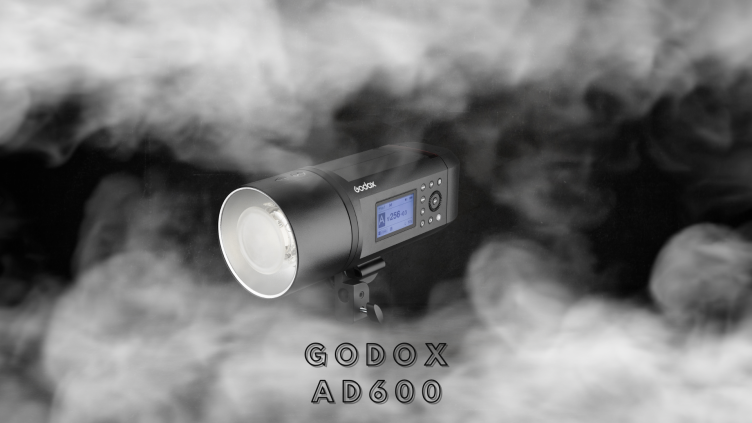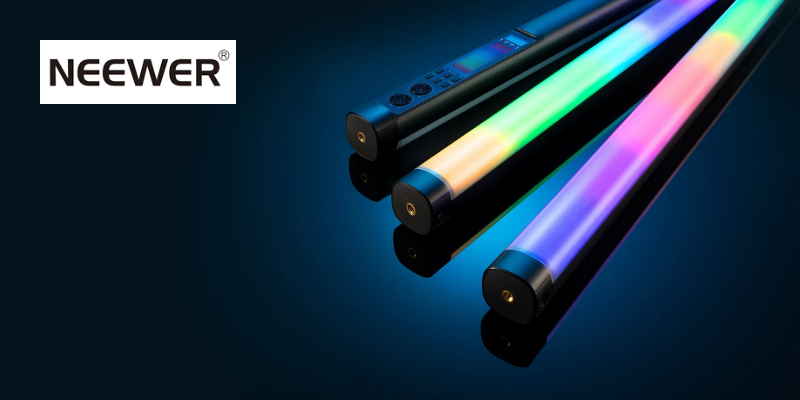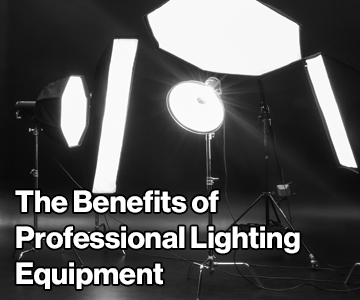SHOULD I BUY A Godox AD200 OR AD200 PRO?
- Lencarta LTD
- Blog
- 9 Oct 2019
- 7001views

So, you’re interested in getting a Godox AD200, and naturally you find yourself asking, “Is the AD200 or the AD200 Pro best for me? What are the differences? Is it worth the extra cost?” Hopefully by the end of reading this article you’ll be fully equipped to answer that question.
Getting the right equipment for the work you do is important. There’s no point using Microsoft Paint if you need Photoshop and vice versa. The same is true for photography lighting. There are so many different types and models of flashes, and just as many types of photography to match them (too many to put in just one article).
If you’re in any doubt just give us a call or say hello on our Live Chat and we will be happy to discuss it with you.
Firstly, is the AD200 actually right for you or do you need something else?
If you need something to put on-top of your camera, you may want to look at something else. You can put the AD200 on top of your camera hotshoe with the Godox AD200 Extension Head, but if you’re looking for something more like a speedlight then we would recommend looking at the Godox V860II or the Godox V1.
If you’re looking for something to use in a studio, you might want to look at mains powered flashes like the SmartFlash 4, SuperFast Pro, Godox ML60, or even the AD400 Pro / AD600 Pro with a mains adapter. Batteries do have a limited lifespan, so if you’re only using them indoors where there are plugs available, mains powered will almost always be better… almost.
If you need something that is a hybrid between speedlights and studio flash, and that is small, compact, portable and powerful, the AD200 is the flash for you.
At Lencarta, we talk to a lot of different photographers in different parts of the industry. The majority of the people buying AD200s are wedding photographers, event photographers and anyone doing outdoor photography.
The AD200 Pro is also bought by the same people with the addition of many product photographers.
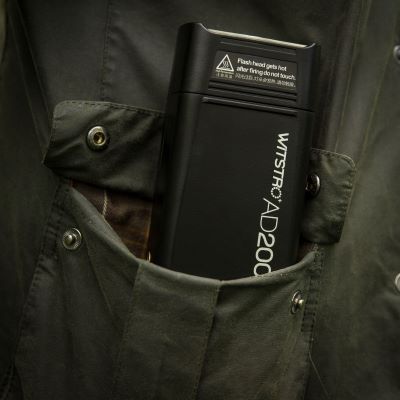
The AD200 and the AD200 Pro
Let’s look at what the AD200 is and does. Then we can look at what extra things the AD200 Pro brings to the table.
The AD200 is a hybrid between a studio flash and a speedlight. It has the compact size and portability of a speedlight, and the power of a studio flash. The AD200 is powered by a 2900mAh Lithium Ion battery boasting 500 full power flashes!
This Li-Ion battery also allows some impressive recycling times from 0.01 seconds at minimum power to 2.1 seconds at full power. If you’ve used AA battery powered speedlights in the past, you’ll appreciate how good those stats are.
The actual flash head is both removable and interchangeable, giving you a choice of either a bare bulb head (providing a wide spread of light, ideal in a light shaper such as a softbox as it imitates a studio flash head) or a Fresnel Head Spotlight Attachment which provides a more focused beam of light, just like on a traditional flashgun or Speedlite.
Also available (separately) is a round head attachment which opens up options for the new AK-R1 Light Modifiers, and an extension head for if you want to have on-camera flash.
The AD200 also features an internal receiver allowing you to control the settings of the flash and fire it from your camera up to 100m away with one of the Godox Triggers.
As with most half decent flashes these days, the colour temperature and consistency are great with a temperature of 5600K +/-200K. If you’re not sure what that means, it mean it would be very difficult to see any difference in colour temperature between shots and the colour temperature is daylight balanced.
The AD200 has lots of extra features including TTL, HSS, Multi (stroboscopic), FEC, FEB, FEL, Slave 1 and Slave 2 modes, 3.5mm Sync Port, USB Sync Port, flash durations (t.1 time) as short as 1/13000 seconds and much more. If you want a full features list check out our website here.
Okay, so what does the AD200 Pro have that the normal one doesn’t?
The honest answer to that is, Colour Consistency Mode. Other than that, they have the same features as each other. The real difference is the specification of those features.
The AD200 and AD200 Pro use the same battery and the same attachments, so if you’re worried about upgrading and having to spend extra cash on new modifiers and spares, you can lay that worry to rest.
The main differences between the two models are: larger power range; more precise power adjustments; better colour consistency; faster recycling times; and a better casing. Let’s break these down.
The power range of the AD200 Pro is 1/1 – 1/256 (9 stops of adjustment), whereas the AD200 is 1/1 – 1/128 (8 stops of adjustment). If you’re doing product photography or something that needs really small amounts of power, this is a great improvement. Alongside this, you can now change the power in 1/10 stop increments as opposed to the 1/3 stop increments from the AD200. Again, this is a major advantage to product photographers and macro photographer for getting the power levels just right.
Godox have added a Colour Consistency Mode to the AD200 Pro. To understand what this mode does you need to understand IGBT technology. In short, IGBT Technology is the circuitry that allows lights to have shorter flash durations. The downside to this technology is that the difference in colour temperature between minimum and maximum power setting can be very different.
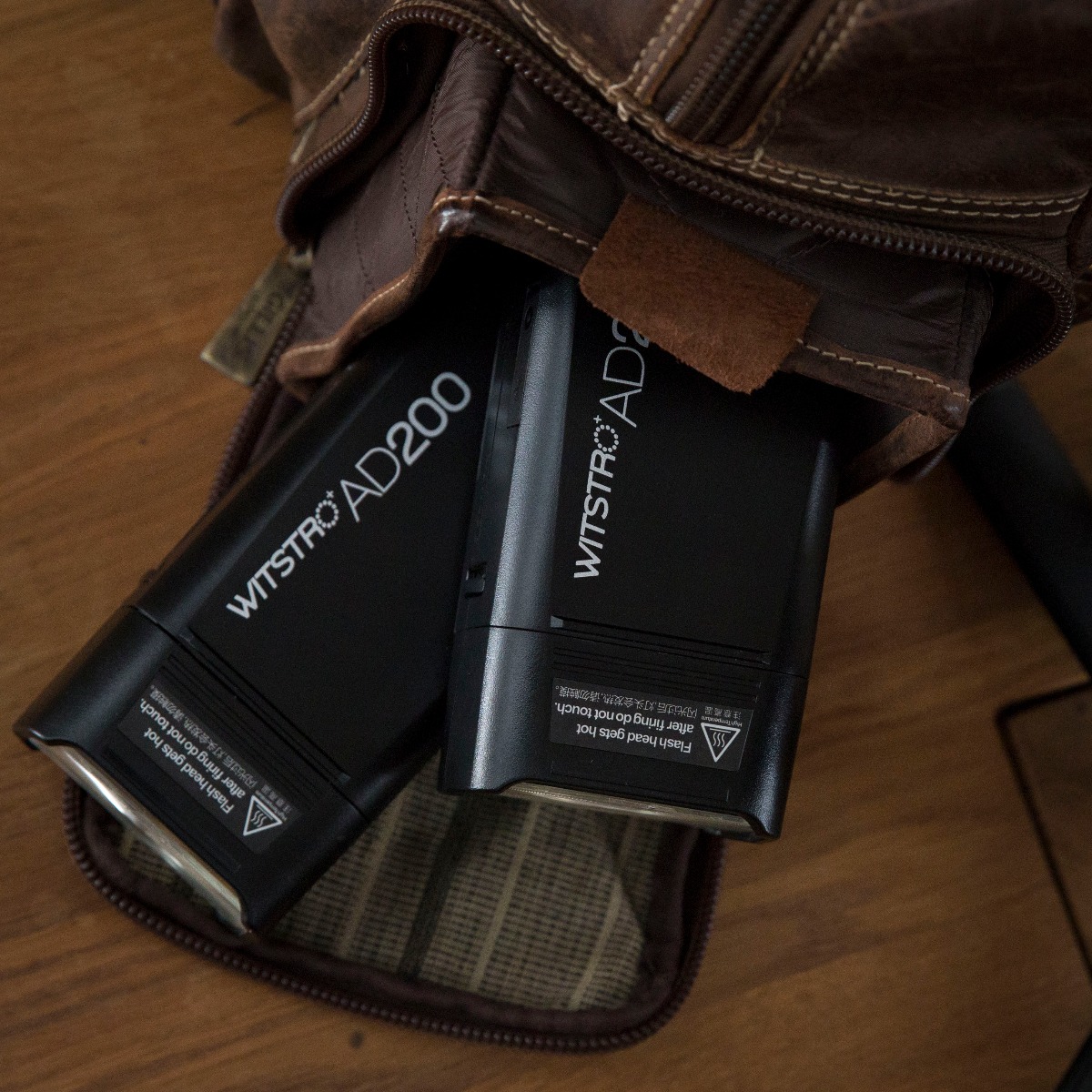
Colour mode allows you to essentially turn off the IGBT technology, which means the colour temperature from minimum to maximum has a difference of just 100K (which you would struggle to see even if you’re looking for it). If you want to learn more about IGBT and colour consistency, check out this article
The AD200 Pro has recycling times of 0.01 seconds at minimum (which is the same as before) and 1.8 seconds at full power (which is almost 15% better). Shorter recycling times means faster shooting, which can be important in a lot of shoots, especially for events/weddings.
As one of the Godox Repair Technicians at Lencarta, the better casing is a big improvement for me. The biggest reason we see AD200s in the repair centre is for broken screens/back panels. In the 2 years since the AD200 was released we’ve seen over 30 come back for this reason (mainly due to wind, children and dogs knocking stands over).
The improved casing includes a recessed back panel, meaning if the AD200 Pro falls over, it’s so much less likely to break. The casing also features a couple of other small improvements to the detachable stand mount and some extra buttons for quicker workflows.
Is it worth the extra cost?
Well, that depends on what your needs are as a photographer. If you need to shoot at fast frames per second, you need that very fine control over power settings, you’re a product photographer, or you’re just a little bit clumsy like so many of us are, the AD200 Pro is definitely worth the cost.
But on the other side, if you shoot at lower frames per second, you don’t need low power settings or really fine control, and you’re pretty careful with your equipment, then why bother spending extra money you could be using on something better? Get the AD200.
I hope that you now have a better understanding of the differences and you’re feeling a little bit more confident about your decision. Of course, if you’re still in doubt we’re here to help you! Just get in touch and we’ll answer any questions you might have.
For more information on the AD200 Pro and it's competitor, the Visico 2, have a look through our comparison blog. You can also find out more about the AD200 from a photographer using the AD200 in his day-to-day, Martin Cheung, here.
